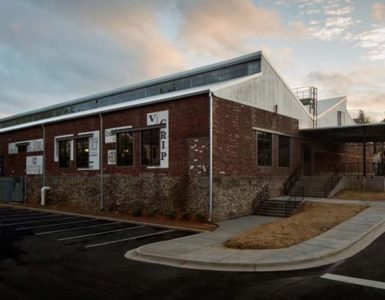George Romero’s movies have always been about more than flesh-eating zombies.
Night of the Living Dead played with a broad range of themes, from racial prejudice to incest. Its grainy, black and white world, teetering verge of violent collapse, mirrored the social unease of its day (when another “black and white” world was collapsing).
Dawn of the Dead took things further: its slack-jawed zombies wander aimlessly through shopping malls. Instead of living, they go through the motions of living … and their mindless, insatiable hunger becomes an ironic commentary on the consumption-crazy mindset of the 1980’s.
In Land of the Dead, the last of the living have retreated to a literal ivory tower dubbed Fiddler’s Green. Insulated from the horrors outside their gated community, they indulge in every luxury.
They are supported by an underclass of workers — mercenaries, essentially — who are good enough to go foraging outside the city for goods, but not good enough to actually live in Fiddler’s Green. This underclass lives in the shadow of the tower, sedated with alcohol, drugs, prostitutes, and cheap food; they work hard, but they are destined, no matter how well they do, to always live in sqaualor.
And finally, there are The Dead. They live in the movie’s Third World: unwanted, ignored, and considered, at best, a dangerous inconvenience.
Insulated in the towers of Fiddler’s Green, the upper class tries to forget The Dead exist. Meanwhile, the shadowy leadership, interested in maintaining its own death-grip on power, pours tons of money and military might into keeping The Dead at bay. The mercenaries, in turn, use and abuse The Dead for fun and profit, torturing them and taking their possessions by force.
Without even seeing the movie, you know what has to happen, right?
Why do we imagine, then, that the parallel story, now being played out in the Middle East, will end any differently?


Add comment